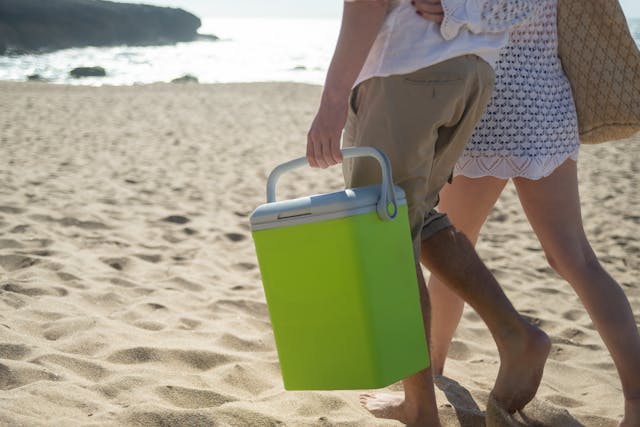
Reusable coolers are a stylish way to reduce waste and keep food and drinks cool
The Environmental Benefits of Using a Reusable Cooler Instead of a Disposable One
When it comes to keeping drinks cold for picnics, beach days, camping trips, or tailgates, people often reach for either a disposable cooler (like Styrofoam or thin plastic varieties) or a reusable one made of durable materials. While both serve the basic function of insulation, the long-term environmental impact of your choice is significant. Here’s why opting for a reusable cooler is the more sustainable and eco-conscious decision.
1. Reduces Landfill Waste
Disposable coolers are designed for short-term use and are often thrown away after a single day of use. Many are made from expanded polystyrene (EPS)—commonly known as Styrofoam—a material that does not break down easily in landfills and can persist in the environment for hundreds of years. Reusable coolers, by contrast, are built for longevity and can replace dozens or even hundreds of single-use coolers over their lifespan.
2. Limits Plastic Pollution
Styrofoam coolers easily break into small, non-biodegradable pieces that scatter in parks, rivers, oceans, and beaches. These pieces are often ingested by wildlife and marine animals, causing health issues and even death. By switching to a reusable cooler, you help limit this harmful form of plastic pollution and protect natural ecosystems.
3. Conserves Resources
Producing disposable coolers requires raw materials like petroleum, water, and energy for manufacturing, packaging, and transportation—resources that are then wasted after a single use. A reusable cooler, although requiring more materials upfront, uses far fewer resources over time because it eliminates the need for constant replacement.
4. Reduces Carbon Footprint
Every time a new disposable cooler is produced and shipped, it contributes to greenhouse gas emissions. These emissions add up quickly, especially during summer months when disposable coolers are heavily used. A reusable cooler—used year after year—reduces the need for new production cycles, minimizing the associated carbon emissions.
5. Supports a Culture of Sustainability
Using a reusable cooler reinforces the idea of waste reduction through habit change. It sends a message—whether to your kids, friends, or fellow campers—that sustainable choices are worth making. Small shifts in behavior, like choosing reusable over disposable, help build a broader culture of environmental responsibility.
6. Better Performance = Less Ice Waste
Reusable coolers typically offer superior insulation, keeping drinks colder for longer periods. This means you’ll need less ice, which translates to less water usage and fewer plastic bags from ice purchases. Better insulation also prevents spoilage, reducing the chance of wasted food and beverages.